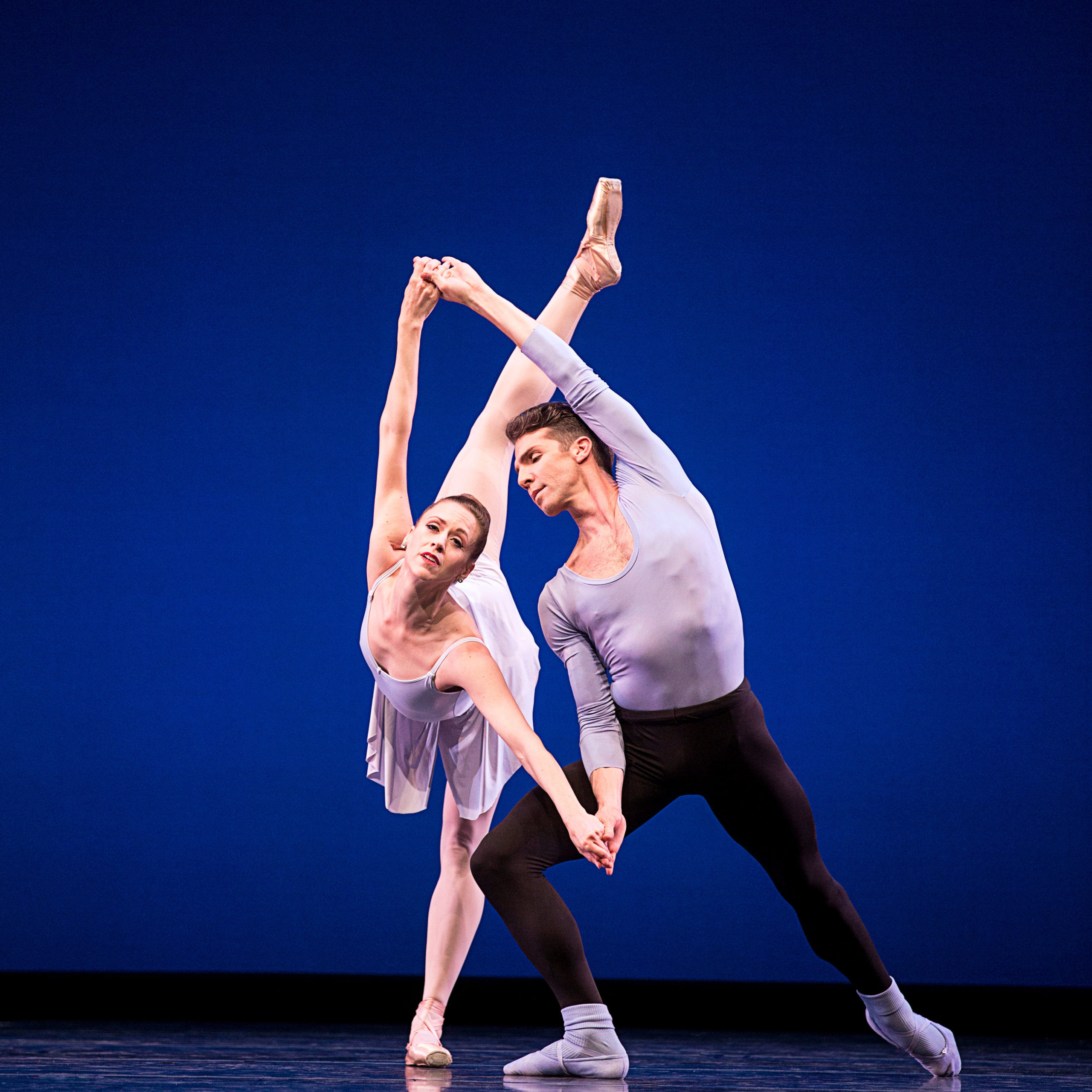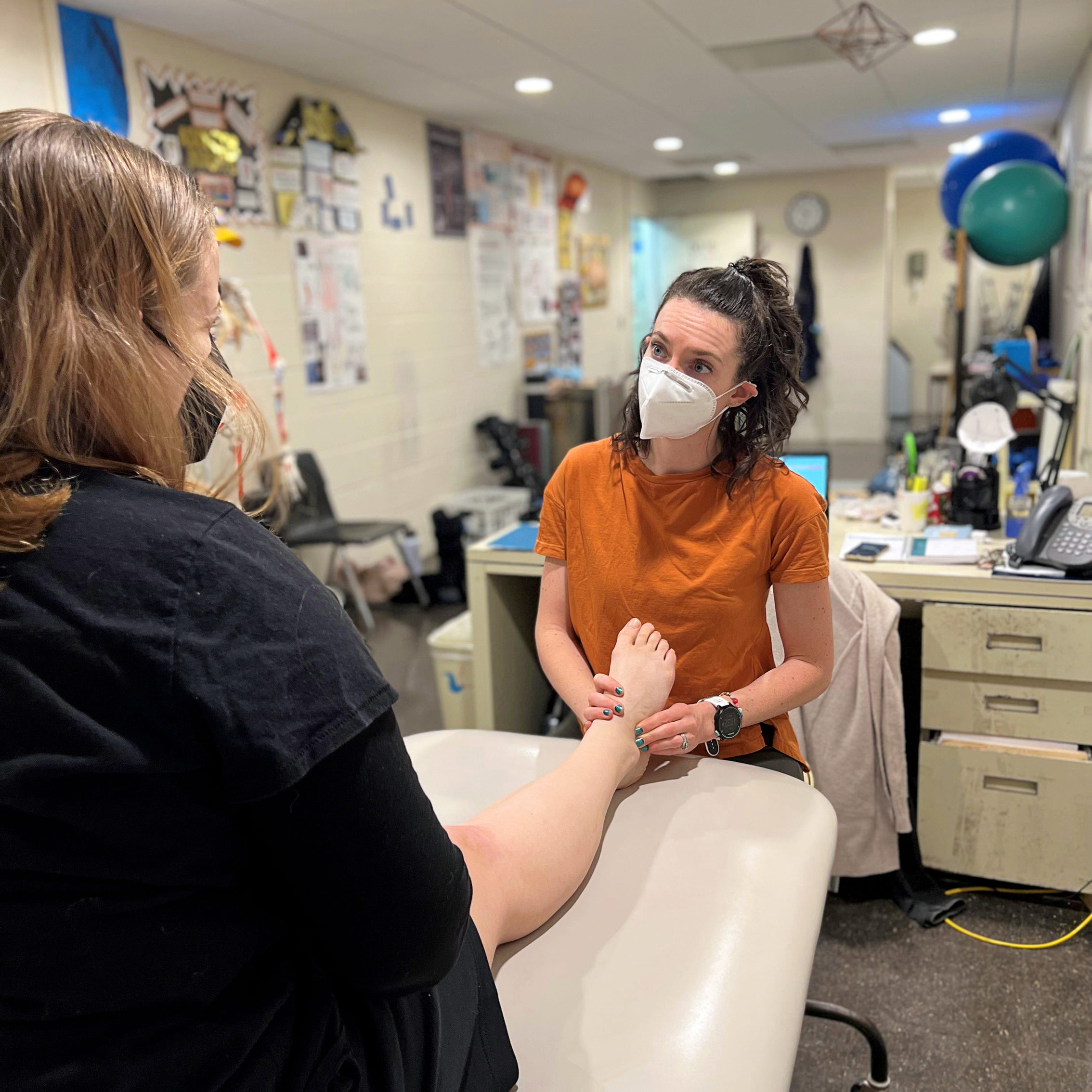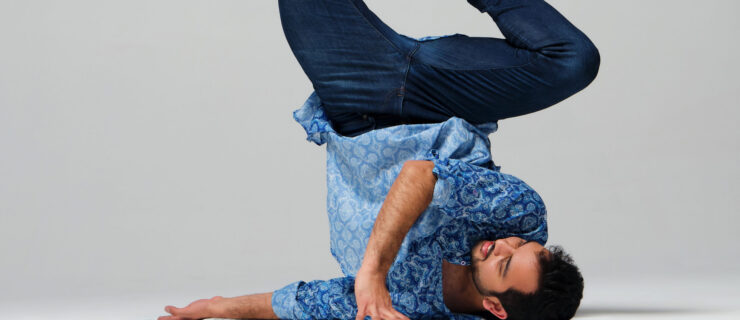Common Head and Neck Injuries Dancers Need to Take Seriously
From learning the nuances of épaulement to spotting in consecutive turns, dancers typically give their head and neck as much attention as their lower body. That said, dancers might be less aware of the types of upper body injuries that can occur in the studio or onstage. While head and neck injuries are often associated with contact sports like football or ice hockey, they can also be a real problem for dancers. Falling out of a lift and hitting your head, getting kicked or elbowed in a crowded rehearsal, or bumping your head on a prop or scenery could lead to a concussion or serious neck injury.
Lesley Rausch, principal dancer with Pacific Northwest Ballet, injured her neck back in 2013 while dancing Crystal Pite’s Emergence. During the piece, which involves sharp head and neck movements reminiscent of popping and isolation techniques in hip hop, Rausch remembers tweaking something in her neck.
“I finished the performance and danced the rest of the weekend, which was probably a mistake,” Rausch says. The rest of the program included Jiří Kylián’s Forgotten Land and Petite Mort, and the demanding upper body work exacerbated the pain and stiffness in her neck.

By the time Nutcracker rolled around three weeks later, turning felt unbearable and Rausch could barely support the weight of her head while sitting upright. She took time off, slept in a neck brace for months, and coped with debilitating migraines as a result of self-induced whiplash. Nearly 10 years of extensive rehab and physical therapy later, Rausch still counts this as “the worst injury that I’ve had in my career,” she says.
Some whiplash-type neck injuries can create forces that result in brain trauma. For example, a sudden extension or flexion in the neck can lead to a concussion, says Dr. Jeff Russell, PhD, associate professor of athletic training and researcher within the Science and Health in Artistic Performance Clinic at Ohio University. “When you whip your head, you’re rapidly accelerating and decelerating your brain,” he says. Contact to the head; falls, blows or forces to the body that transmit to the head; or whiplash-like motions can cause a concussion. “You don’t necessarily need to be hit to induce these forces to the brain,” explains Lauren McIntyre, a certified athletic trainer and clinical specialist at NYU Langone Health’s Harkness Center for Dance Injuries, who has studied concussions in dancers. “A lot of the work that we do is inducing forces to our brains—so it may not be something very impressive that does it,” McIntyre says. The nature of some choreography—particularly movements like head whipping, rolling and falling—may put dancers at an increased risk of sub-concussive head injuries, less severe impacts to the head that might not cause symptoms but may lower your threshold for concussions over time.
A concussion kicks off a cascade of neurophysiological changes that can impact your brain function and lead to symptoms that last days to weeks following an injury, McIntyre says. Some telltale signs are headache, dizziness, nausea, light and sound sensitivity, irritability, fatigue and balance issues.
Cognitive deficits like memory, focus and attention issues can also arise when you’re concussed. Symptoms are the best way to tell if you’re experiencing a concussion, but what’s tricky is that the signs and symptoms may not be exclusive to that injury, McIntyre says. “You could have a neck injury that feels like a concussion, or have low blood sugar and feel like you’re concussed,” she says. Even dancers who are highly attuned to their bodies can overlook the symptoms. When in doubt, if you fall or hit your head, it’s best to assume that the symptoms are from a concussion until you can get cleared by a health care provider, she says.
It’s important to get a concussion diagnosis right away so you can start treatment. Someone with a concussion usually has to rest for a period (of around 24 to 48 hours) and steer clear of stimuli that could impede the brain’s healing process. It’s okay to engage in daily activities following a concussion (like doing the dishes, talking with a friend or listening to a podcast), so long as you can tolerate it without exacerbating symptoms, McIntyre says. Connecting with a health care provider who’s well-versed in concussion treatment is essential, so they can help you gradually progress back to regular activity, Russell says.

With a proper diagnosis and treatment, most people fully recover from concussions in 10 to 14 days, which might sound like an eternity for a dancer.
Once you have one concussion, you’re more susceptible to having another one—and getting a concussion while still healing from one (“second impact syndrome”) can be deadly, Russell says. “The likelihood that you’re going to have more problems older in age increases if you’ve had a series of concussions that haven’t been taken care of properly,” he says.
Another big risk of leaving a concussion untreated is hurting something else in your body, says McIntyre. “If you’re not as focused, or you’re having balance issues, you’re more likely to injure something else,” she says.
With short careers and steep competition, there’s a common mentality in the dance world that you have to dance through an injury. But jumping back into activity after a concussion will slow down the healing process and potentially jeopardize your health in the long-term. “People need to understand that with a concussion your brain is literally injured,” Russell says. “You only get one brain, so you need to take really good care of it.”
8 Signs You Could Have a Concussion
Learn to recognize the symptoms:
• headache
• dizziness
• nausea
• light sensitivity
• sound sensitivity
• irritability
• confusion
• balance issues




